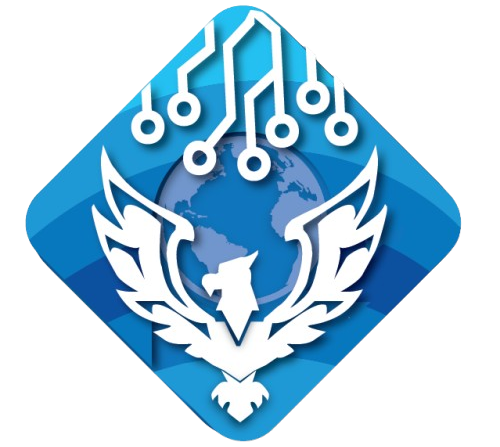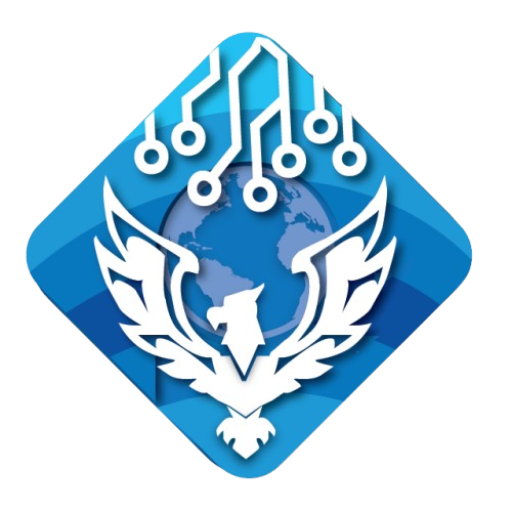At its core, UX design will always be about developing a deep understanding around human needs—and creating functional, enjoyable products that reflect daily human experiences. A big part of UX design is also leading workshops and collaborating with stakeholders across the business, something AI won’t replace any time soon. As we embrace these changes, the future of design looks promising, with AI serving as a catalyst for innovation and enhanced user experiences. The journey of design evolution continues, and as designers, we’re at the helm of this exciting voyage, crafting experiences that are more human, yet technologically advanced. LookX is a Shenzhen-based startup that is revolutionizing full-stack developer the architectural visualization industry with its AI-powered platform. The company’s technology utilizes deep learning algorithms to create stunning 3D renderings of architectural projects, including buildings, interiors, and landscapes.
Step 4: Structure your learning with a credible UX course
Wondering how to learn UI/UX design without a design degree or prior experience? With the digital world growing more interactive and user-focused, UI/UX design has emerged as one of the most in-demand and rewarding career paths. But for beginners, the journey can seem overwhelming , questions like “Can I learn UI/UX design on my own?
What skills does a UI designer need?
Tailor your resume to highlight relevant UX skills and experiences, including any personal projects, internships, or relevant coursework. Be prepared to discuss your design process and thinking in interviews. Finally, consider applying for internships or entry-level positions like UX researcher or UI designer to gain experience and make a transition into a UX designer role. While coding is not a mandatory skill for most UX design roles, having a basic understanding of HTML, CSS, and JavaScript can be highly beneficial.
Apply for Job:
Understanding the fundamental topics shared here will help you overcome this way-to-common obstacle. Besides understanding the fundamentals, don’t forget to master your tool of choice. Our favorite design tool is Figma, and it’s easy to learn how to use it. They “conduct” research with a solution in mind, blinding them to all other https://wizardsdev.com/en/vacancy/ui-ux-designer-for-ai-startup/ possibilities. They create personas and user journey maps just because they think they need to, not because they use these tools to help them deliver better design. Such behavior is highly noticeable, and it’s one of the reasons why your portfolio isn’t landing you a UX/UI designer position.
- However, with focused courses and practical experience, one can start working in the field within six months to two years.
- Books like don’t make me think by Steve Krug” and “The design of everyday things by Don Norman” are some very good ones to start with.
- Diving into user research and user testing with an empathetic mind won’t only make your projects better, but will help you become a better designer as a whole.
- Start by familiarizing yourself with UX design fundamentals through online resources, free courses, and reading materials.


